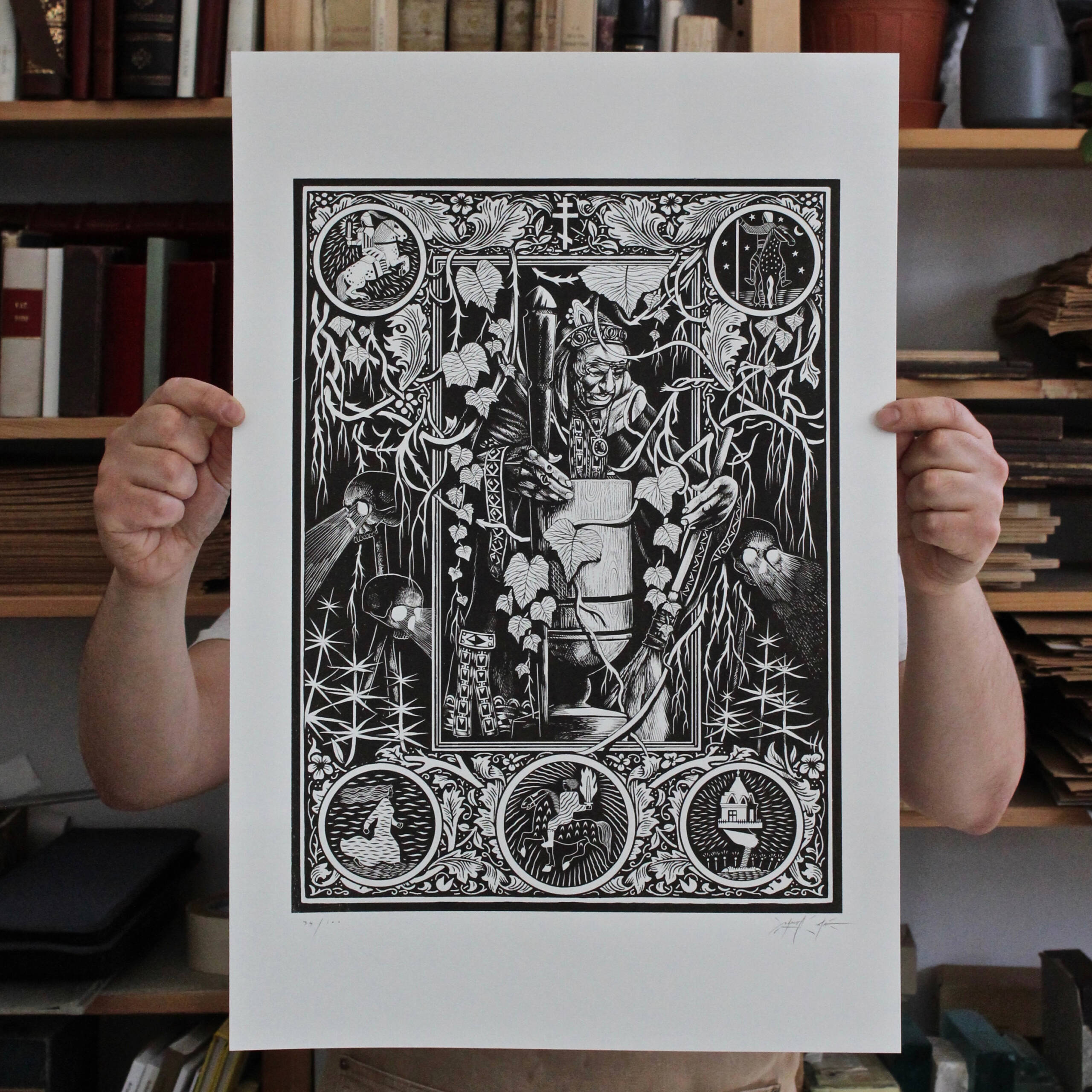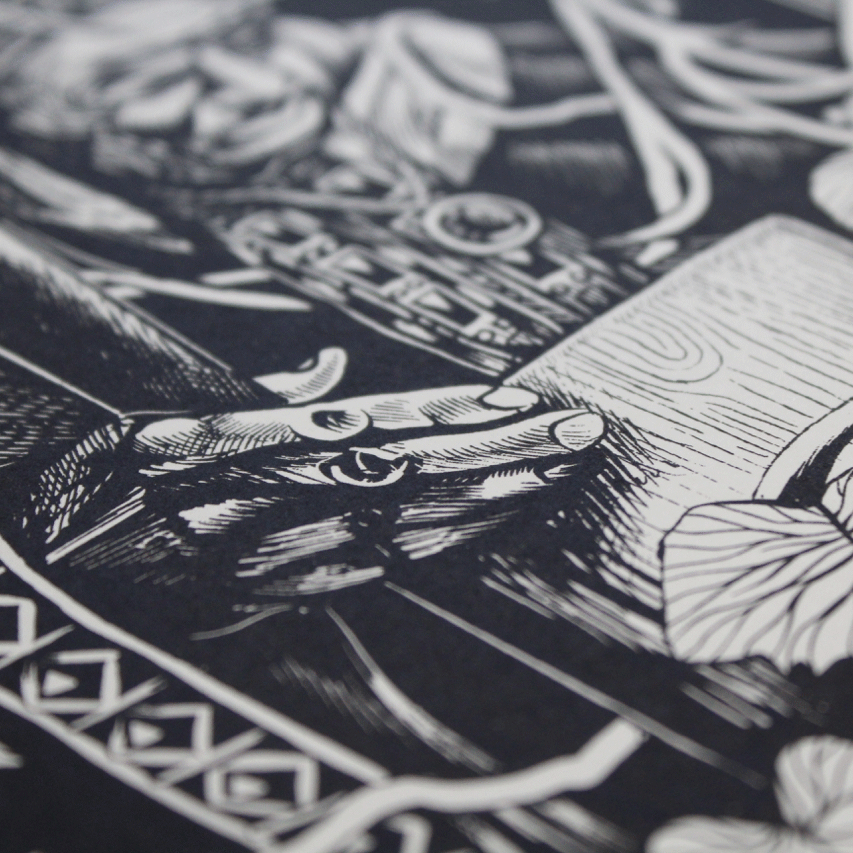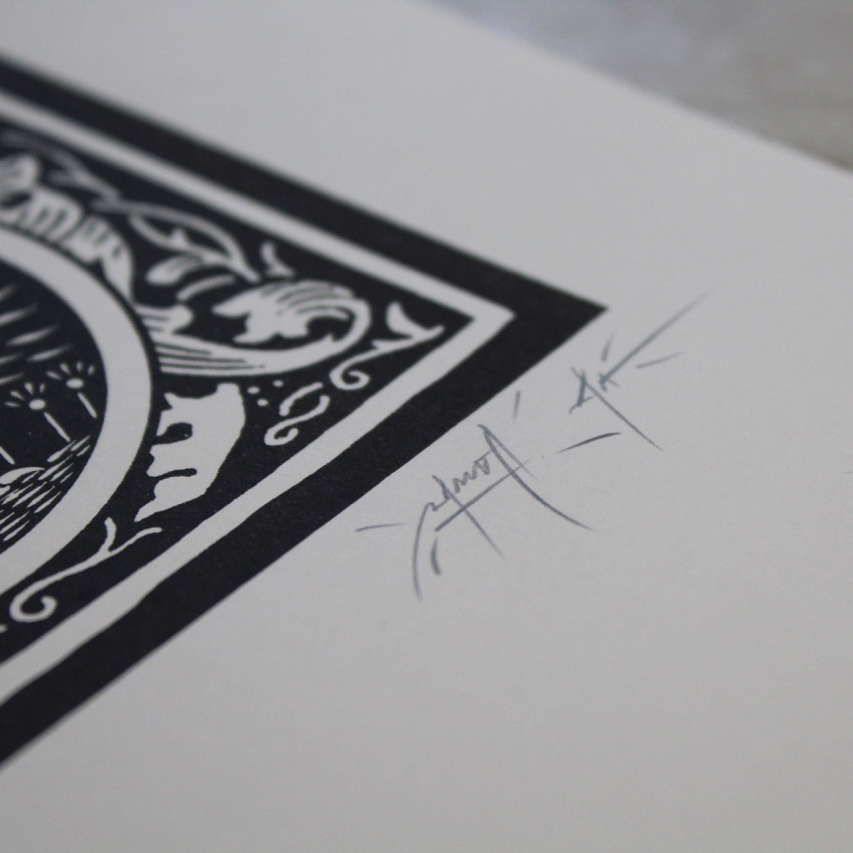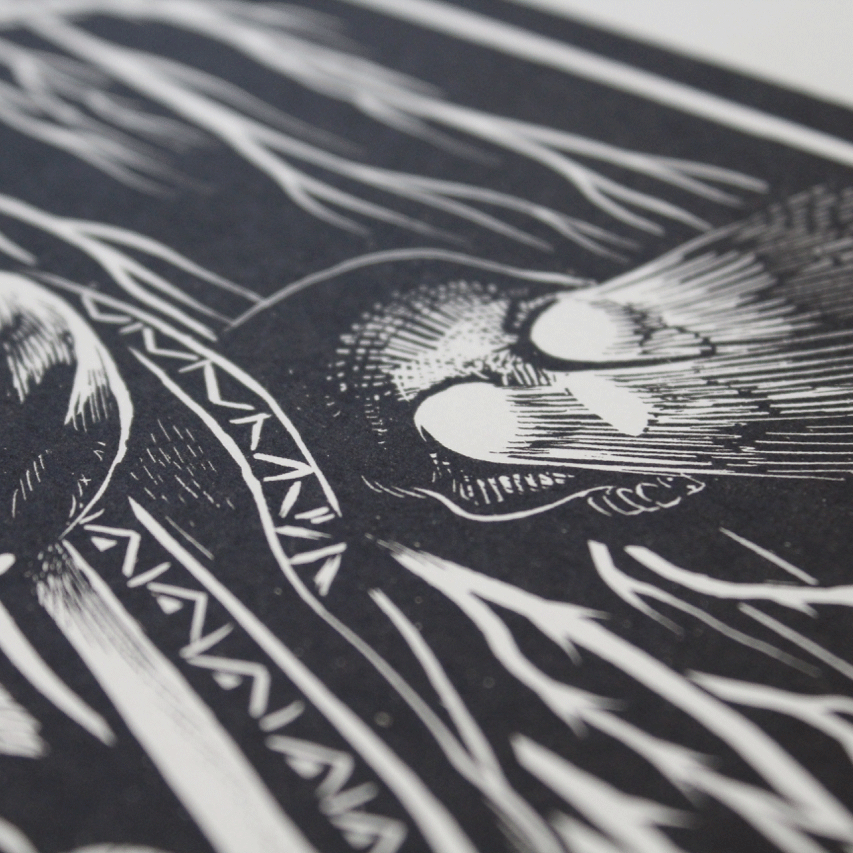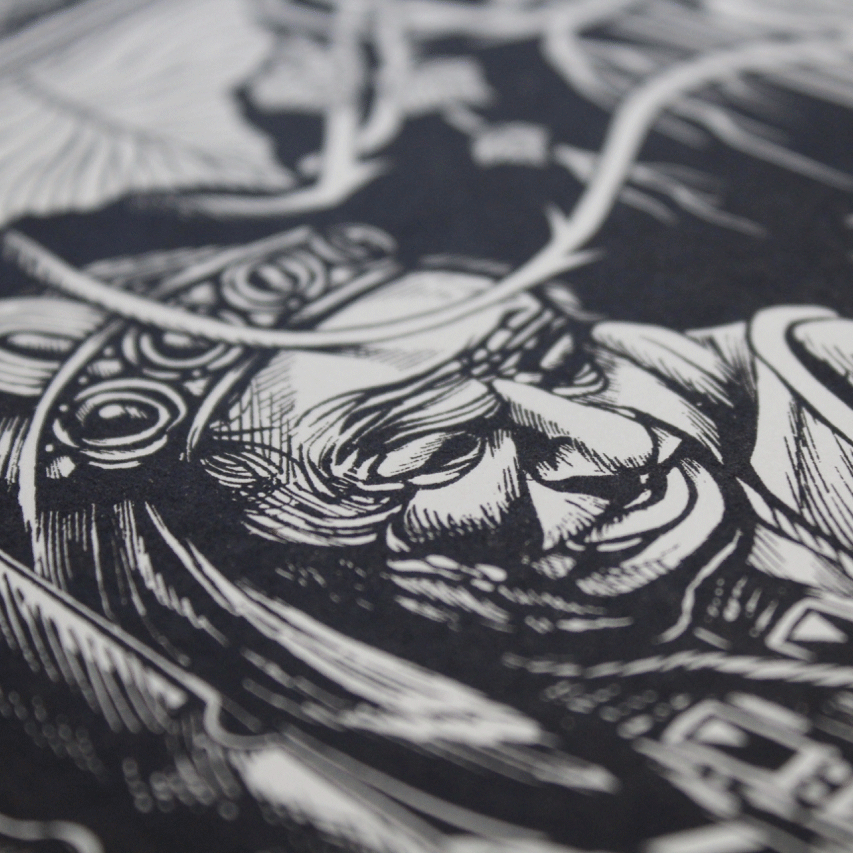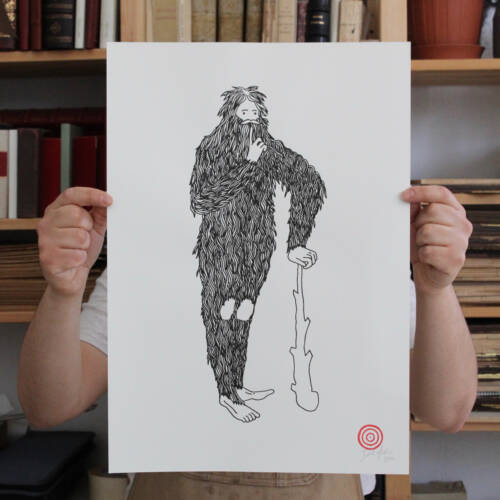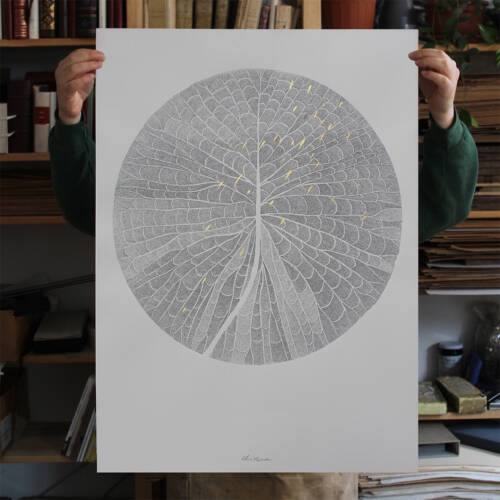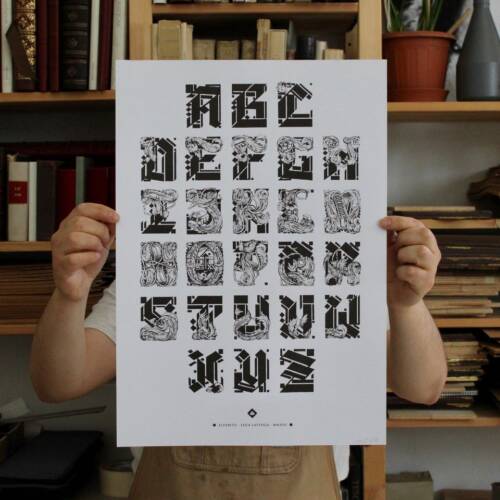Description
For the Street Art Museum in St. Petersburg, Luca Zamoc has reinterpreted the myth of Baba Jaga, the supreme witch of Eastern European folklore.
Before the arrival of Christianity Baba Yaga was seen as a beautiful woman bound to the forest, a benign, maternal and creative spirit who protected all creatures wild and otherwise.
Subsequently, the church banned all pre-Christian and pagan figures, often transforming them into negative entities, as happened to the God Pan who became the emblem of the devil, or by appropriating them to better control society. This iconoclastic approach created a deformed and ferocious version of the figure of Baba Yaga transforming it into the boogeyman of Eastern Europe.
To this day Baba Yaga constantly oscillates between good and evil regardless of who is facing, despite the efforts of the church the myth has managed to maintain its primal character finally entering the Russian language (baba- babushka means grandmother).
Luca Zamoc met the myth of Baba Jaga thanks to an illustrated book by Ivan Bilibin. The painting made in Russia is therefore both a tribute to the great painter and illustrator, and to all those often forgotten figures belonging to the imaginative hemisphere of the past. The artist has chosen to create a less ‘street’ work, working rather on an ancient aesthetic capable of recalling the cover of the Russian artist’s book.
Per lo Street Art Museum di San Pietroburgo Luca Zamoc ha reinterpretato il mito di Baba Jaga, la strega suprema del folklore est europeo.
Prima dell’arrivo del cristianesimo Baba Jaga era vista come una bellissima donna legata alla foresta, uno spirito benigno, materno e creativo che proteggeva tutte le creature selvagge e non.
Successivamente la chiesa bandì tutte le figure precristiane e legate al paganesimo spesso trasformandole in entità negative, come accadde al Dio Pan che diventò emblema del demonio, oppure appropriandosene per meglio controllare la società. Questo approccio iconoclasta ha creato una versione deformata e feroce della figura di Baba Jaga trasformandola nell’uomo nero dell’est europeo.
Ad oggi Baba Jaga oscilla costantemente tra il bene e il male indipendentemente da chi si trova di fronte, nonostante gli sforzi della chiesa il mito è riuscito a mantenere il suo carattere primevo entrando infine nel linguaggio russo (baba- babushka vuol dire nonna).
Luca Zamoc conobbe il mito di Baba Jaga grazie ad un libro illustrato di Ivan Bilibin. La pittura realizzata in Russia è quindi sia un omaggio al grande pittore e illustratore, sia a tutte quelle figure spesso dimenticate e appartenenti all’emisfero immaginifico del passato. L’artista ha scelto di realizzare un opera meno ‘street’ lavorando piuttosto ad una estetica antica a capace di ricordare le copertina del libro dell’artista Russo.



